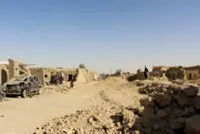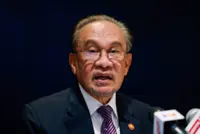THE year was 1989. Mohd Ali Zakaria and I were in Afghanistan on assignment. We were smuggled into the country by one of the Mujahiddin groups.
While passing through Noringa village in Kunar Province, we spotted an old man reading the Quran, surrounded by boxes of ammunition, seemingly oblivious to what was happening around him.






